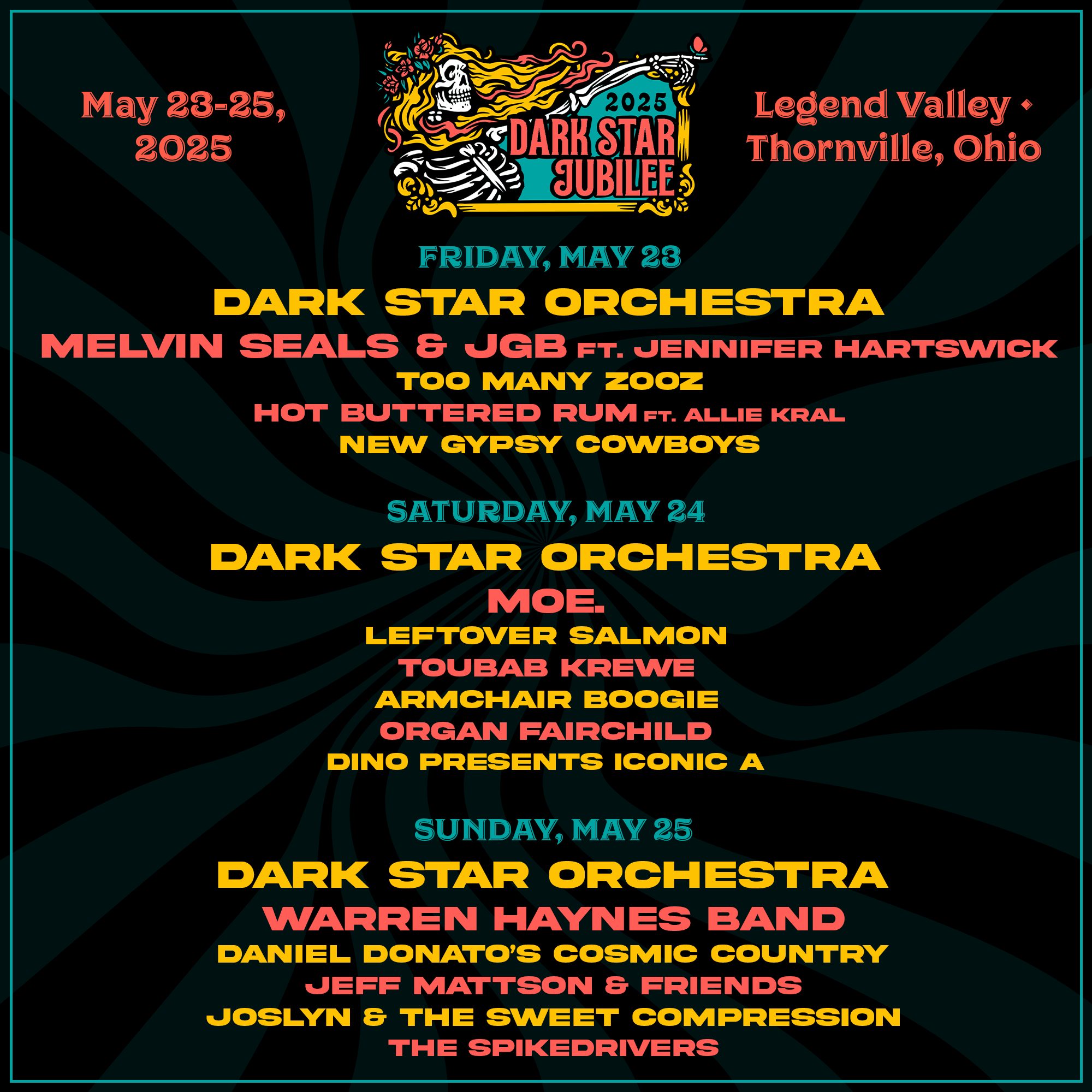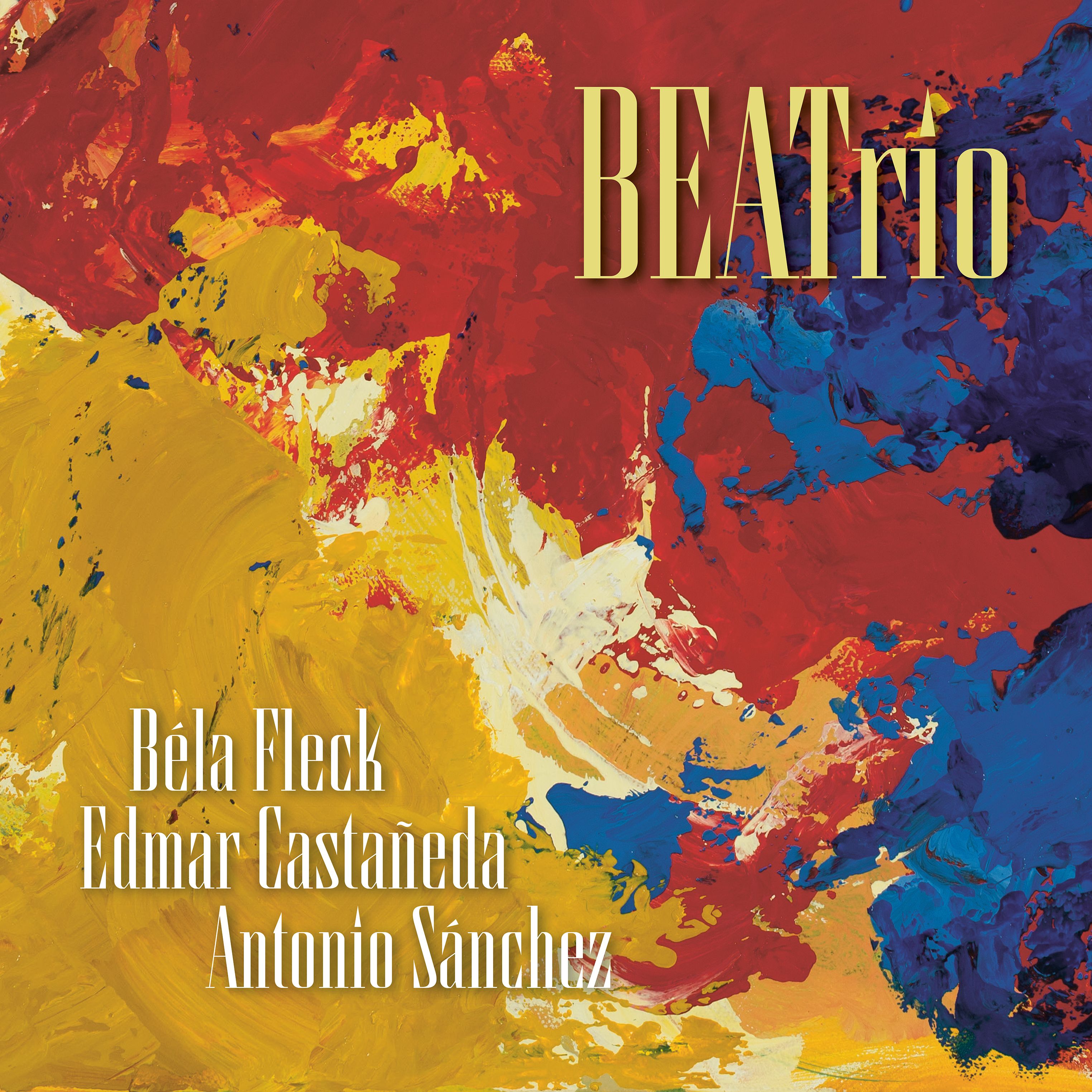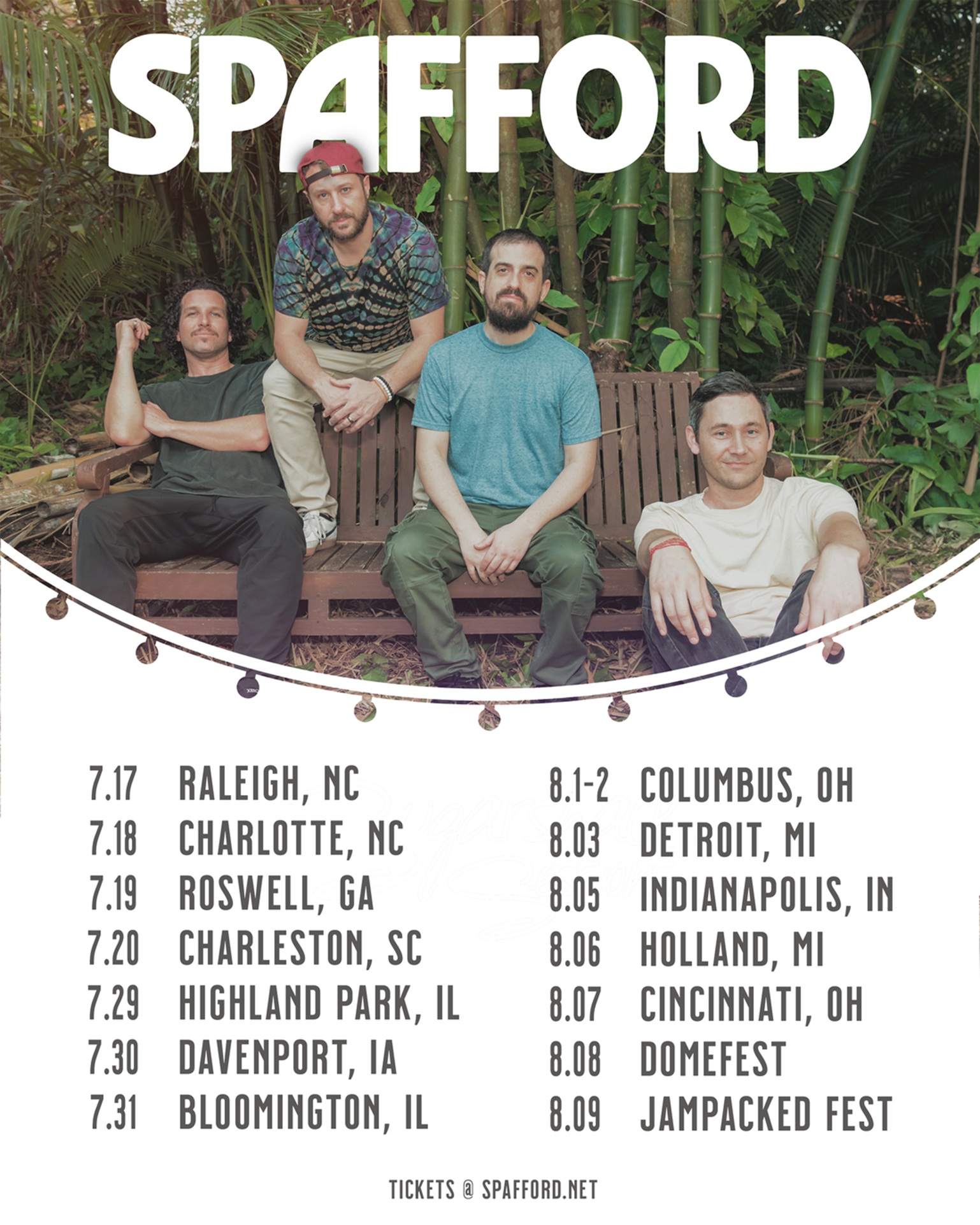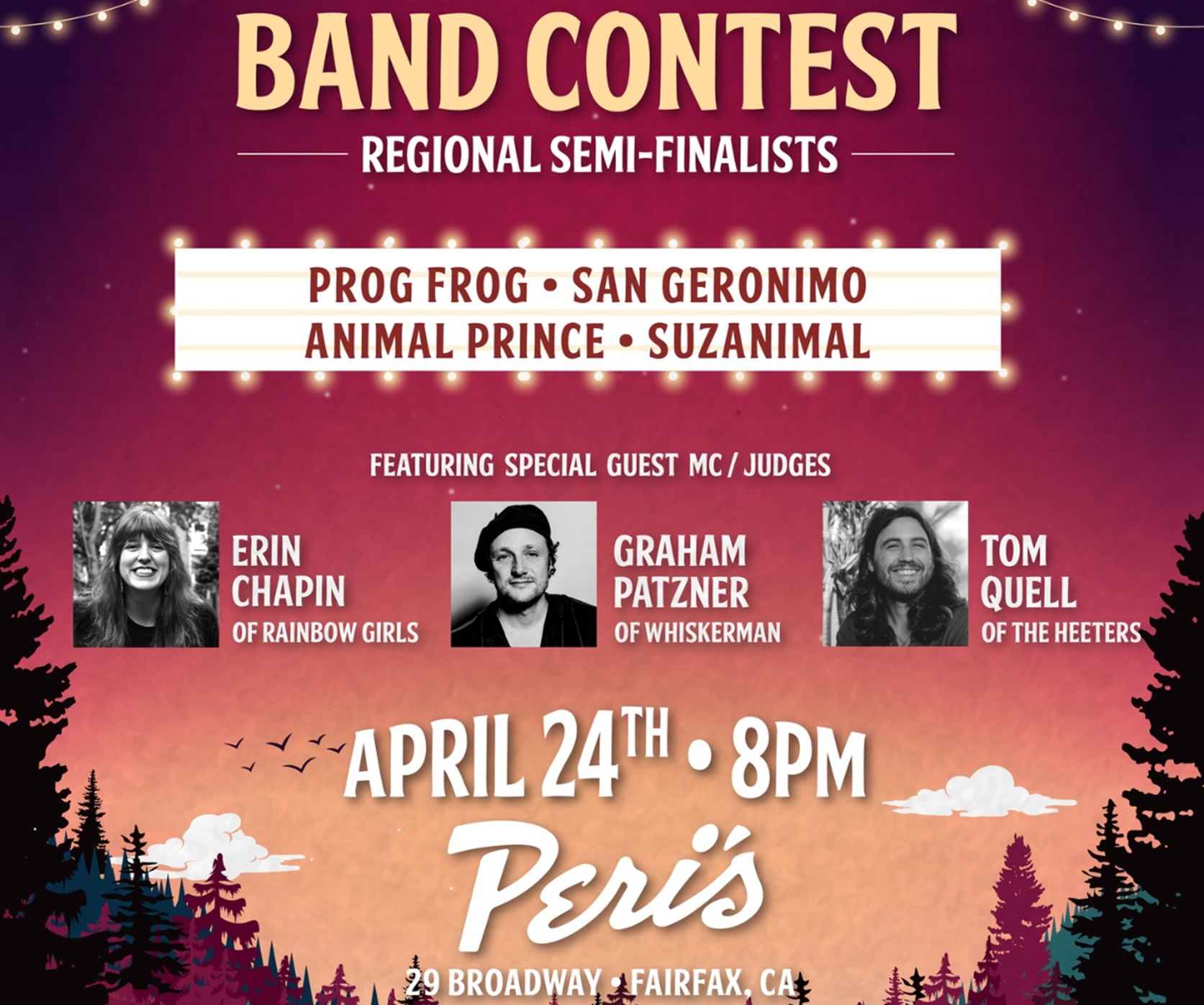Bruce Hornsby—master of keys, conjurer of melodies, keeper of smiles. Seventy revolutions around the sun for this Virginia-born troubadour whose hands have not merely played the piano but wove dreams into chords, lifting souls from sea to sky. On this day, we pause to celebrate the man, the music, and the stories he’s spun like gold through decades of musical alchemy.

Hornsby began his journey in Williamsburg, Virginia, a place steeped in history but not always in harmony. With influences like Bill Evans, Brubeck, and Thelonious Monk shaping his improvisational spirit, he carved a unique path. Equal parts jazz, folk, bluegrass, and rock, his sound is a kaleidoscope of Americana. The sonic fingerprints of Joni Mitchell, Keith Jarrett, and The Band echo in his playing, while his voice—warm, unpretentious, and open-hearted—offers a beacon in turbulent seas.
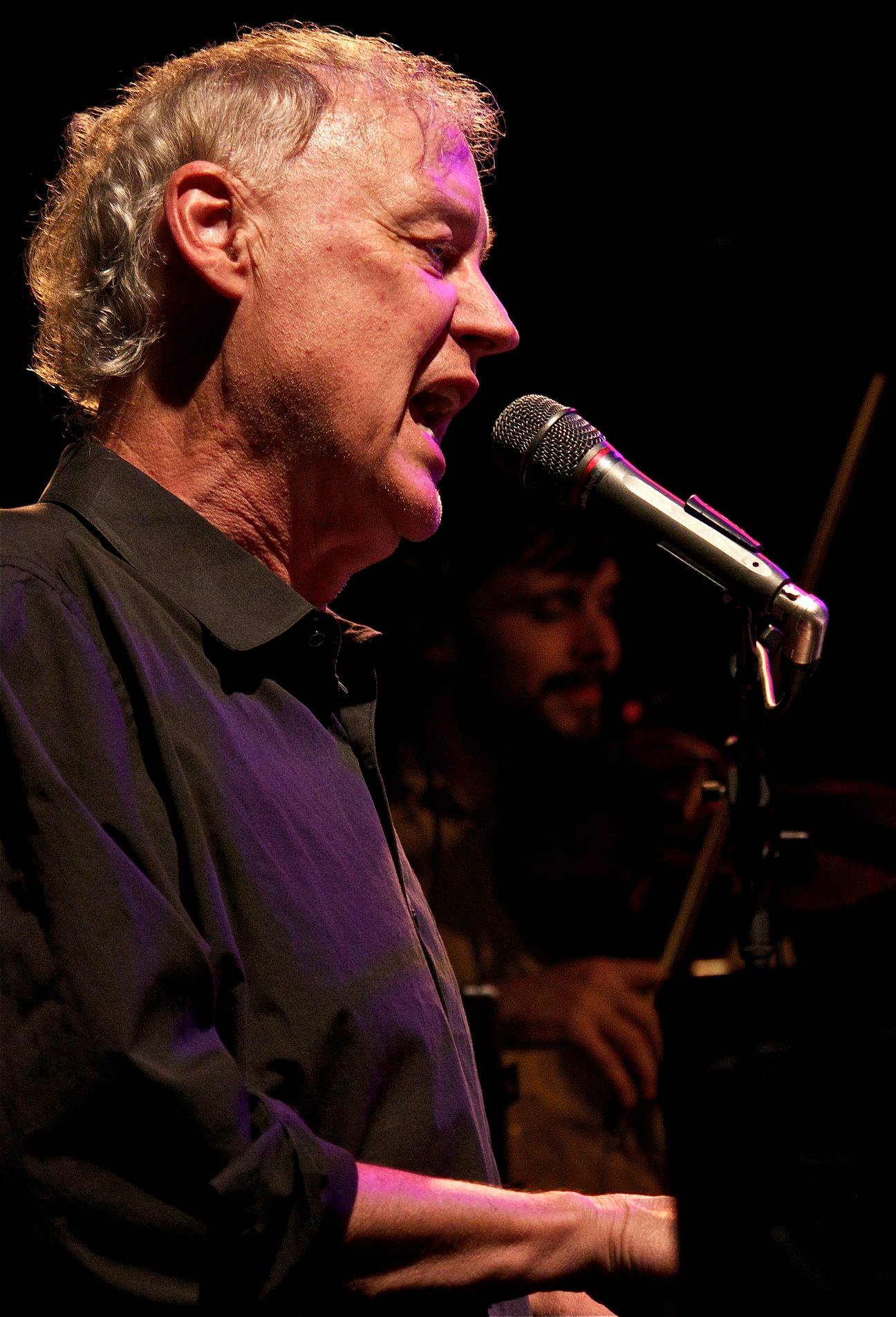
From his breakout with The Range to his genre-defying collaborations, Hornsby has been a seeker, unafraid to explore uncharted territories. His curiosity led him to work with everyone from Spike Lee to Ricky Skaggs, redefining the boundaries of American music with every note.
Here are fifteen jewels from Hornsby’s crown, each glinting with its own special magic:
"The Way It Is" – A hymn of empathy, its rolling piano riffs and poignant lyrics remain timeless, a meditation on justice wrapped in radio-friendly perfection.
"Mandolin Rain" – Gentle and wistful, it feels like raindrops kissing your face, a ballad of love and loss that swells like the tide.
"Every Little Kiss" – Hornsby’s ode to longing, with piano flourishes that soar like birds against a summer sky.
"Across the River" – Pulsing with energy, this anthem of ambition features blistering solos and fierce determination.
"The Valley Road" – A Southern gothic tale cloaked in infectious rhythms and haunting harmonies.
"The Show Goes On" – A cinematic journey with lyrical depth, urging resilience through its cascading piano lines.
"Jacob’s Ladder" – Co-written with his brother John, it’s a funky, uplifting testament to striving and spirit.
"The End of the Innocence" – Crafted with Don Henley, it’s a reflective masterpiece that finds beauty in bittersweet truths.
"White Wheeled Limousine" – Experimental and rhythmically bold, it pushes the envelope of traditional Americana.
"Spider Fingers" – A virtuosic showcase of his piano prowess, blending jazz improvisation with funky irreverence.
"Song H" – A heartfelt instrumental, it demonstrates his ability to communicate profound emotion without a single lyric.
"Fields of Gray" – A tender ballad to his son, its simplicity and sincerity strike deep.
"Rainbow’s Cadillac" – A rollicking romp through storytelling, tinged with playful funk.
"Halcyon Days" – Ethereal and intricate, featuring Sting on vocals, it’s a reflection on time and transcendence.
"Harbor Lights" – A stunning piece from his 1993 album of the same name, this song showcases Hornsby’s love for jazz and improvisation. With its introspective lyrics and fluid piano work, "Harbor Lights" feels like watching the sun sink into the water—a moment of quiet beauty and reflection. The blending of pop and jazz sensibilities here exemplifies Hornsby’s boundary-pushing artistry.
In the wake of Brent Mydland's passing, the Grateful Dead faced one of their most challenging transitions. Enter Bruce Hornsby, whose presence at the keys didn’t just fill a gap—it ignited a renaissance. His virtuosic playing and warm energy were exactly what the band needed to forge ahead, and his contributions during the fall of 1990, particularly the six-show run at Madison Square Garden, are still spoken of with reverence.

The shows showcased not only the band’s resilience but Bruce's uncanny ability to weave his vibrant style into the Dead's ever-evolving soundscape. His piano danced alongside Vince Welnick’s keys, creating an intricate interplay that elevated the performances to celestial heights.
September 16, 1990
The MSG run kicked off with a fiery “Hell in a Bucket”, followed by a soulful “Cold Rain and Snow” that seemed to echo the bittersweet changes the band was undergoing. Bruce’s keys added a shimmering layer to “Cassidy” and turned “Deal” into a jubilant closer for the first set. The second set’s emotional high points included a heart-wrenching “Standing on the Moon”, the delicate beauty of “Morning Dew”, and a tender “Baby Blue” encore that brought tears to many eyes.
September 18, 1990
Marking the 20th anniversary of Jimi Hendrix's death, the band channeled his spirit with a rousing “Mississippi Half-Step” opener. Bruce’s touch was especially poignant during the shimmering transitions in “Eyes of the World”, which flowed into a potent “Estimated Prophet” and an exploratory “Foolish Heart”. The encore, “Knockin’ on Heaven’s Door”, resonated deeply, Bruce’s piano lines capturing both loss and hope.
September 19, 1990
This night was pure alchemy. From the upbeat opening of “Jack Straw” to the soaring “Help on the Way > Slipknot! > Franklin’s Tower”, Bruce’s playing was a radiant thread throughout. The second set peaked with a breathtaking sequence of “Uncle John’s Band > Let It Grow”, before cascading into a stirring “Stella Blue” and a raucous “Around and Around.” The encore, “Quinn the Eskimo,” was pure joy—a celebration of the band’s resilience and camaraderie.
September 20, 1990
The final show of the run was a barnburner. The first set sparkled with gems like “Feel Like a Stranger” and a rollicking “Greatest Story Ever Told.” But the second set was where magic erupted: “Truckin’ > China Cat Sunflower > I Know You Rider” and a mesmerizing “Dark Star > Playin’ Reprise > Dark Star” sequence that ventured deep into uncharted territory. Bruce’s ability to fluidly navigate the Dead’s improvisational odyssey shone brightest here.
Beyond MSG: Europe and Jerry’s Band
Just a month later, Bruce joined the Dead for a European tour that included standout shows in Germany, France, and England. His ability to add depth without overshadowing the band’s established dynamics endeared him to fans on both sides of the Atlantic.
Hornsby also occasionally graced the Jerry Garcia Band, with one of his most notable performances being at the Hampton Coliseum on November 9, 1991. His interplay with Jerry on “Deal” and “The Night They Drove Old Dixie Down” brought a unique vibrancy, proving that their musical connection was boundless.
Hornsby’s hands glide across the keys like rivers finding their course, blending technical brilliance with emotional resonance. His playing is fluid, adventurous, never content to follow a script. Like Robert Hunter’s words or Jerry Garcia’s improvisations, Bruce’s piano speaks in riddles, revelations, and rhythms—an endless journey through the landscapes of sound.

At seventy, Bruce Hornsby remains a beacon of joy and creativity, his smile as radiant as his music. He’s the friend who brightens every room and the musician who turns every note into a moment of magic. His career exemplifies what happens when curiosity meets courage, when boundless talent is guided by a generous heart.
So here’s to Bruce—a musician, a collaborator, a soul who’s shown us the way it is and the way it can be. Happy 70th, Bruce. May your melodies continue to guide us home.






